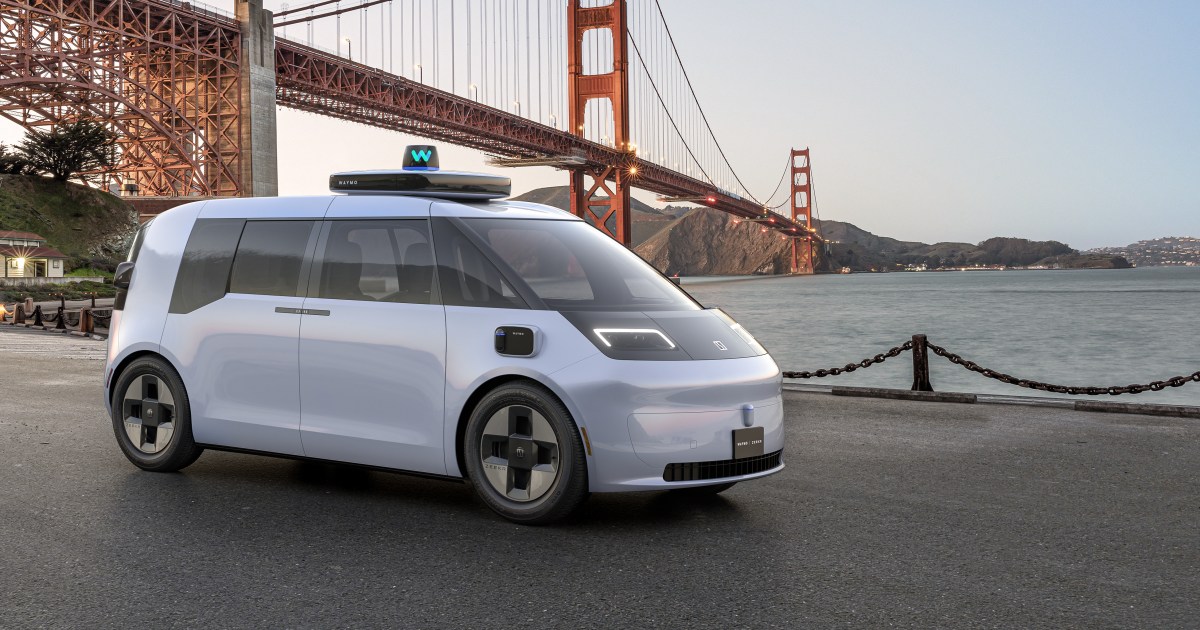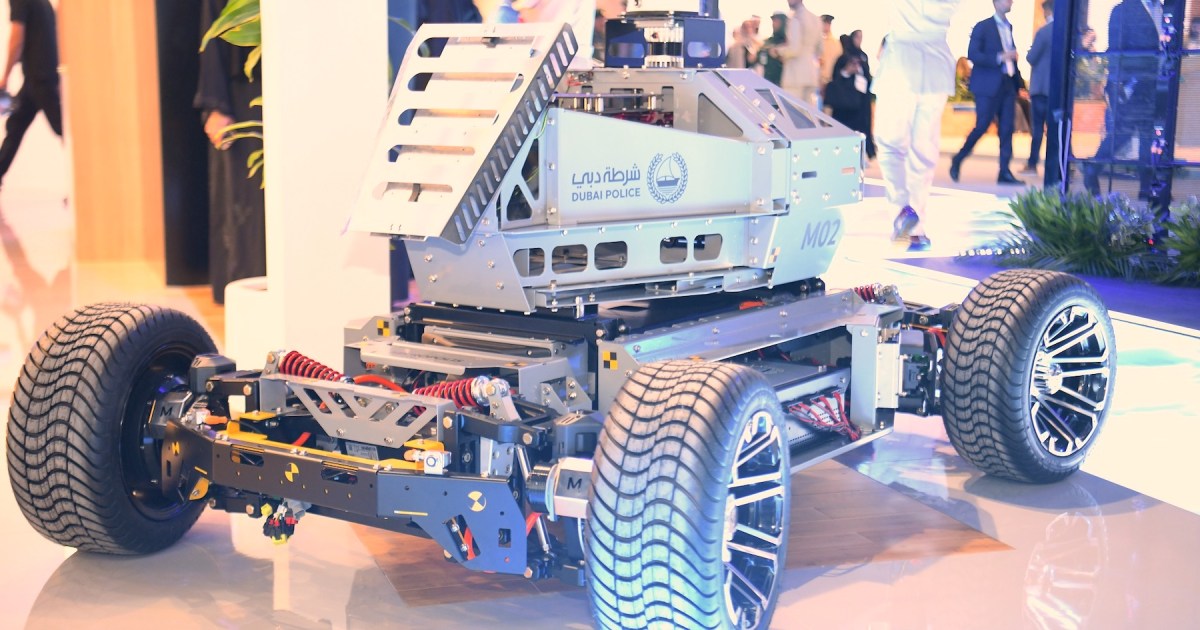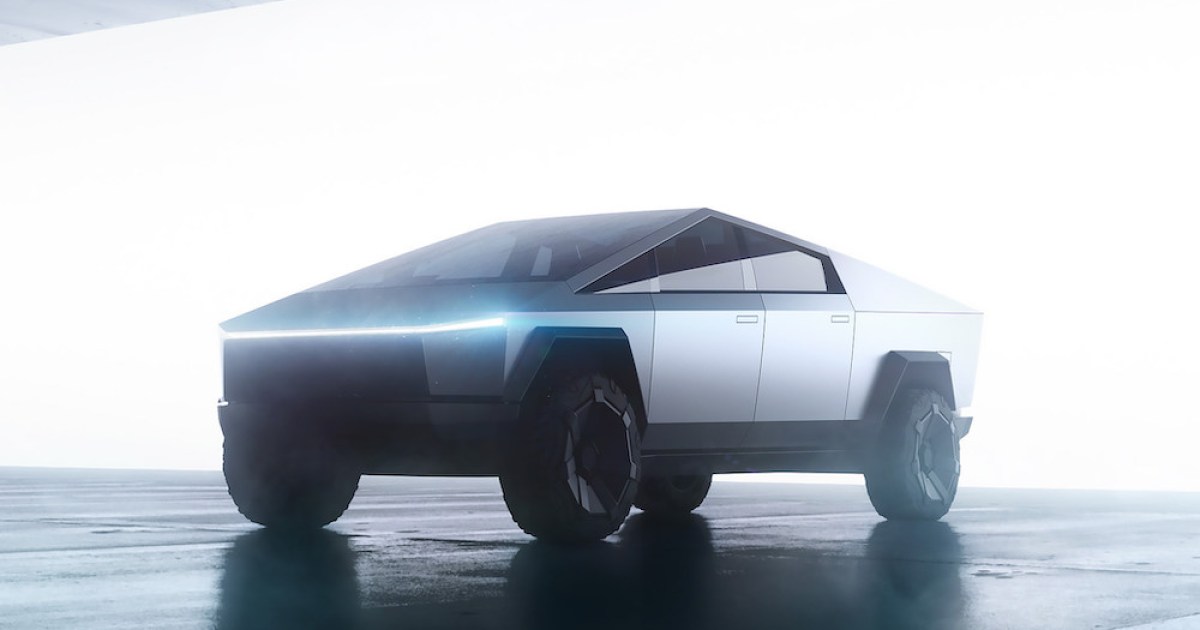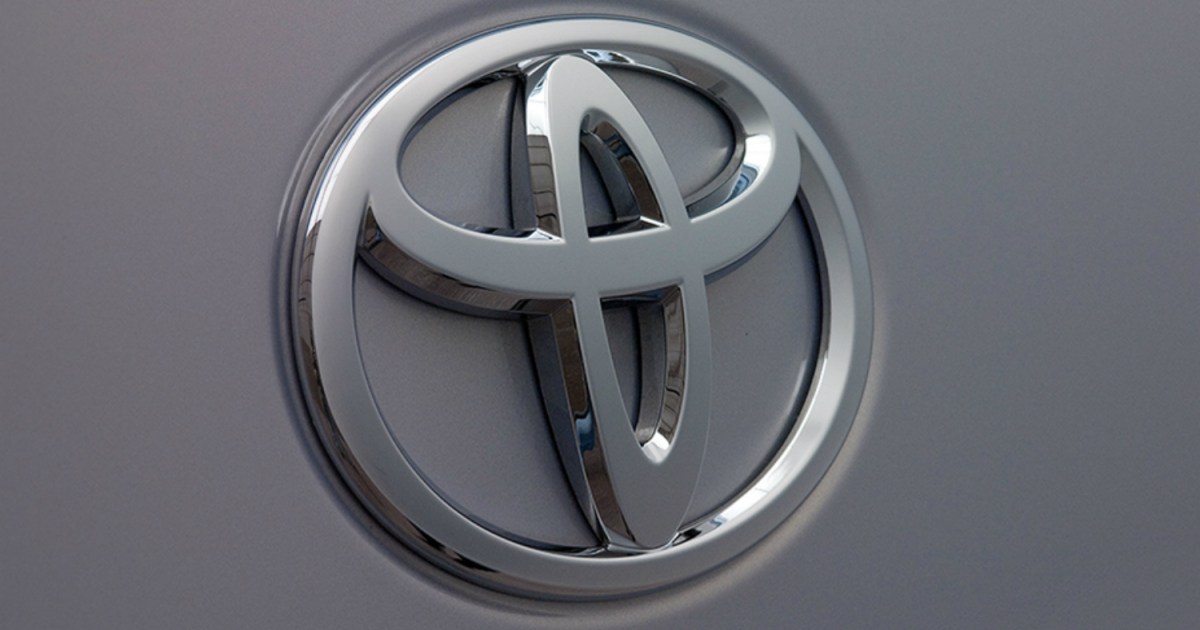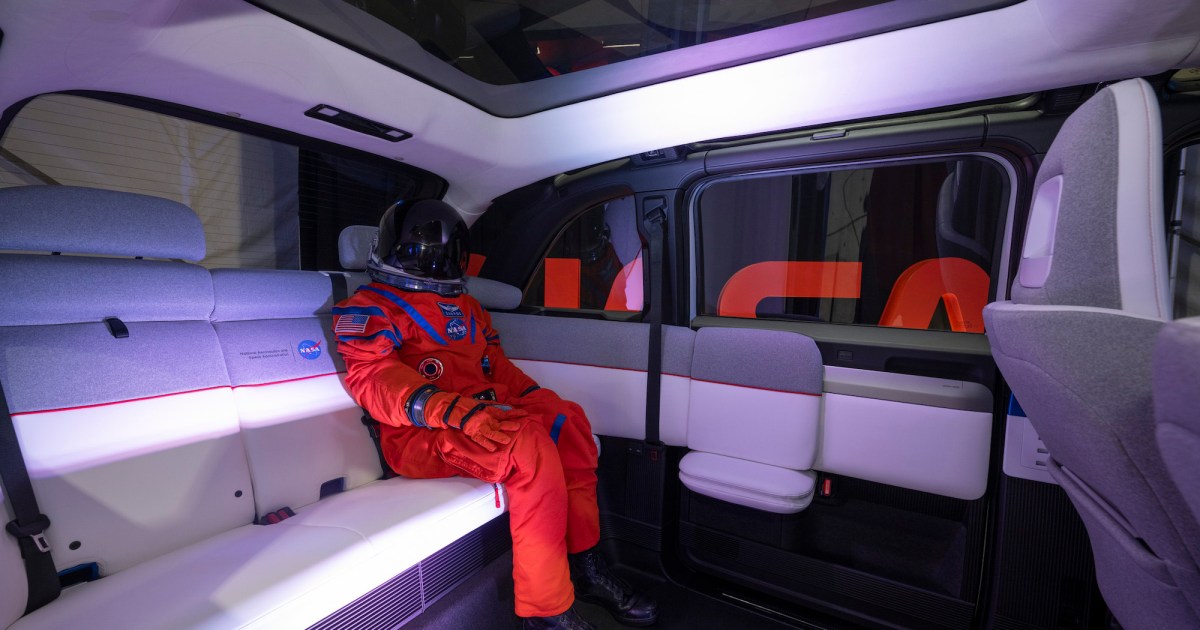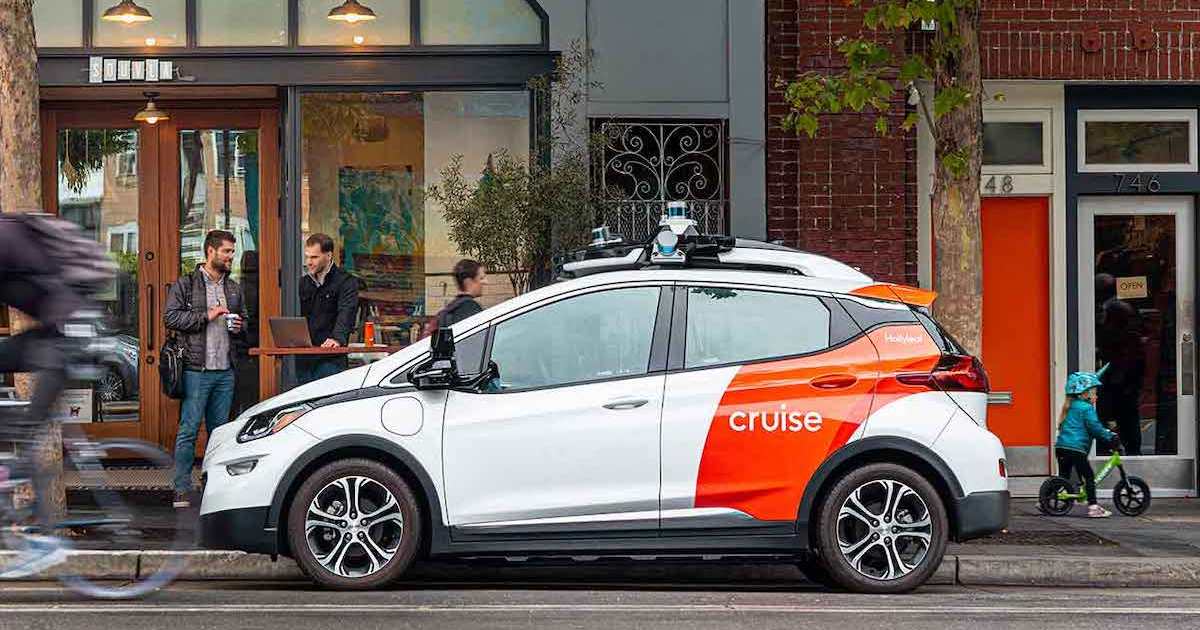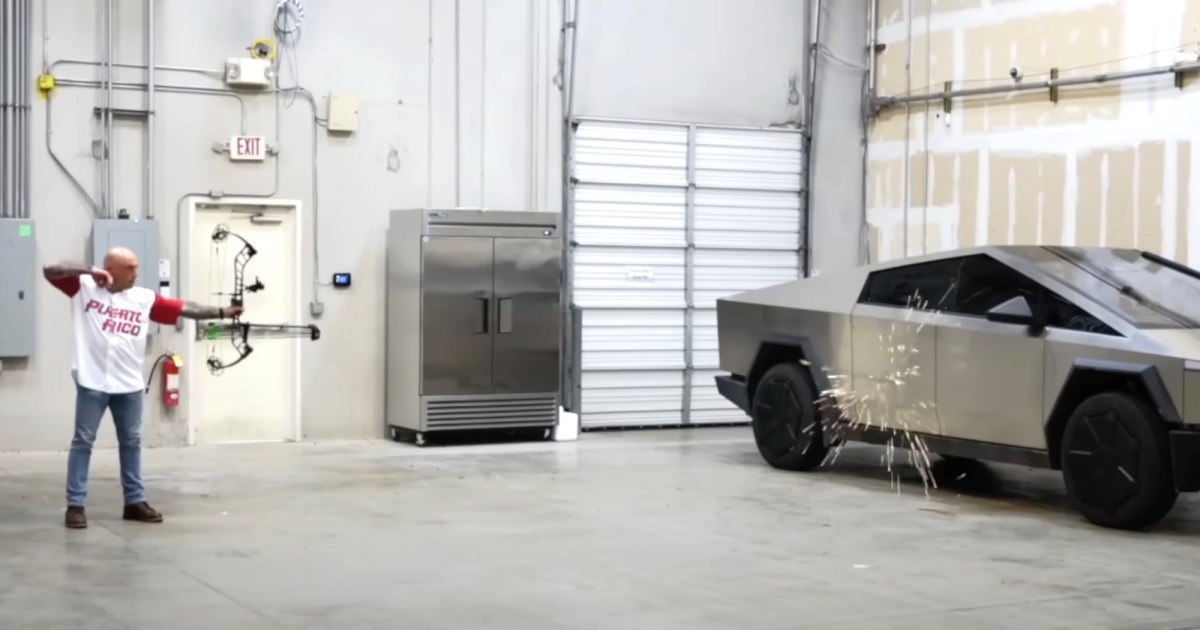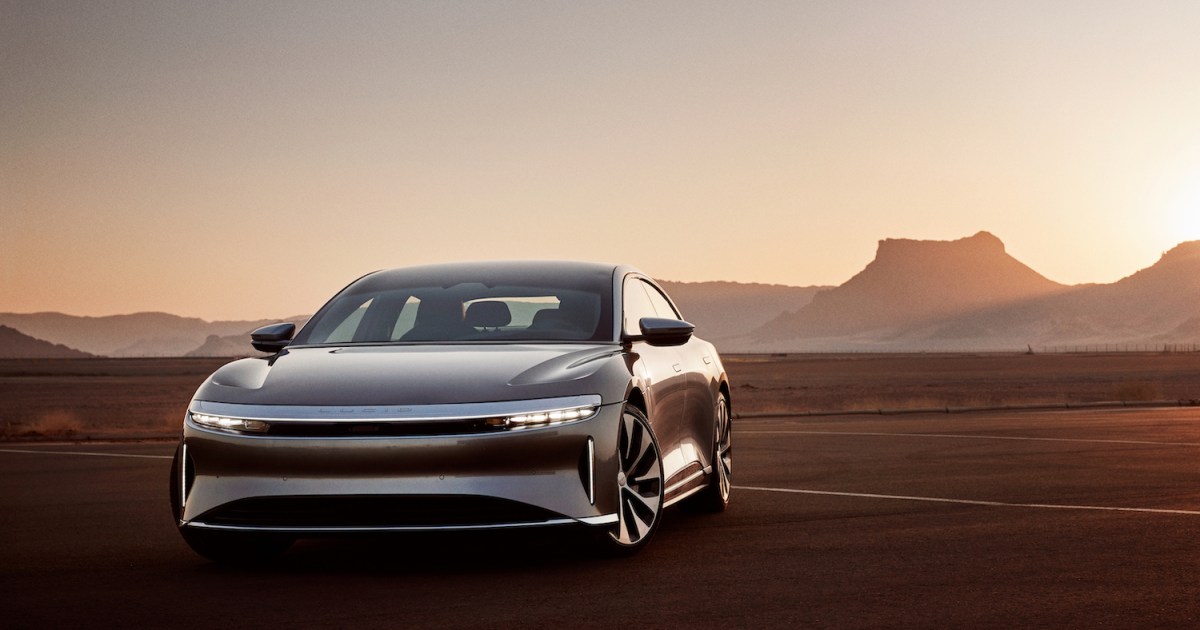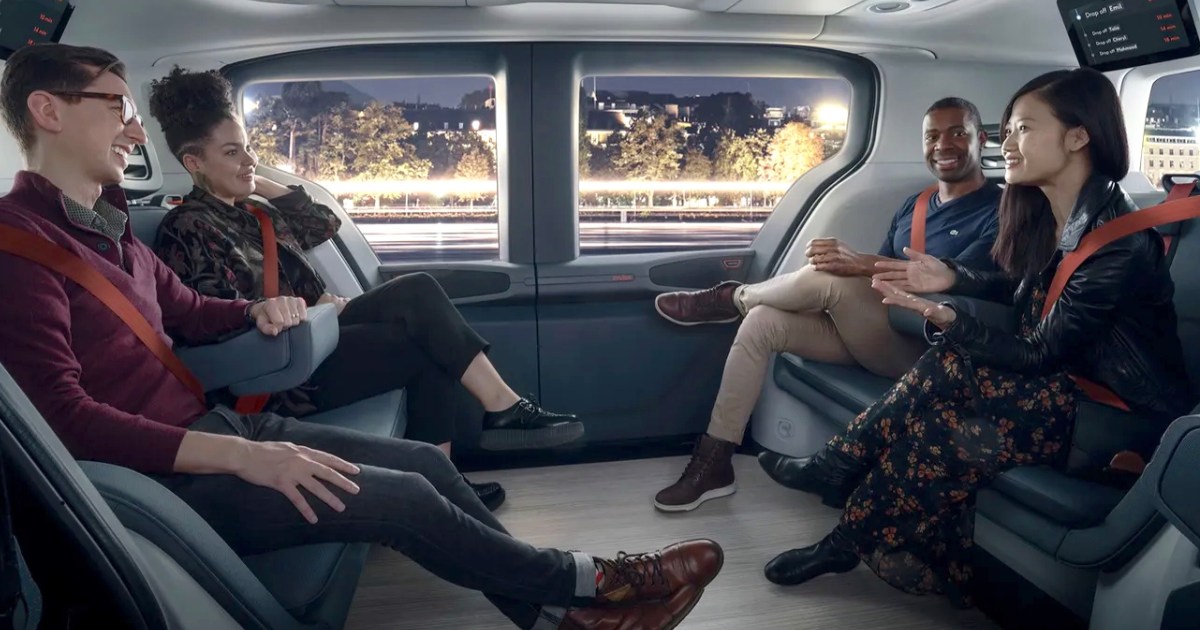Waymo, the leading robotaxi company, has broadened its ridesharing service area within San Francisco. This expansion, announced on X (formerly Twitter), allows more riders to experience Waymo’s driverless vehicles across a 47-square-mile zone.
Previously, tens of thousands of Waymo users could access a significant portion of the city, with a smaller subset having full city access. Now, all Waymo riders can travel throughout San Francisco using the service.
This expansion coincides with ongoing concerns from some San Francisco residents regarding the safety of autonomous vehicle technology on public roads. Several high-profile incidents involving Cruise, a competing robotaxi company owned by General Motors, have fueled these concerns.
One recent incident involved a Cruise vehicle striking a pedestrian who had just been hit by another car. The Cruise vehicle braked but stopped with its wheel on the pedestrian’s leg. Another incident involved a collision between a Cruise vehicle and a fire truck, resulting in minor injuries to the passenger. Following this crash, regulators mandated Cruise to reduce its active robotaxi fleet by half, to 50 vehicles.
Despite these safety concerns, the California Public Utilities Commission (CPUC) recently granted permission for both Cruise and Waymo to operate their paid robotaxi services 24/7 in San Francisco, extending beyond the previous limitations to quieter periods.
These recent developments highlight the ongoing debate between city officials supporting autonomous vehicle innovation and those advocating for a more cautious approach. While significant advancements in autonomous driving technology are undeniable, the complexity of urban environments continues to challenge these systems. Unexpected situations on city streets frequently test the limits of self-driving cars’ capabilities.
In conclusion, Waymo’s expansion brings greater accessibility to its robotaxi service in San Francisco. However, safety concerns surrounding autonomous vehicle technology remain a prominent issue. The balance between promoting innovation and ensuring public safety will continue to shape the development and deployment of self-driving cars in urban areas.



